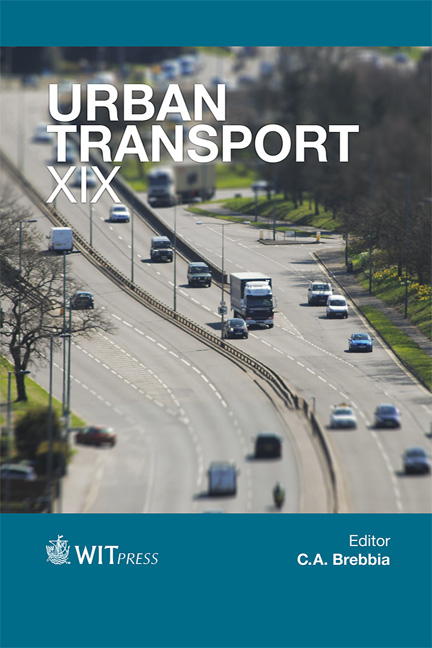Improvement And Efficiency: Mass Rapid Transit Station In Taipei
Price
Free (open access)
Transaction
Volume
130
Pages
12
Page Range
291 - 302
Published
2013
Size
531 kb
Paper DOI
10.2495/UT130231
Copyright
WIT Press
Author(s)
C.-N. Li
Abstract
Taipei Mass Rapid Transit (MRT) system features a high level of efficiency, energy savings and high levels of cleanliness, thus being one of the most favoured networks among all transport modes in Taiwan. However, owing to high construction costs, the MRT normally needs attention paid to it in order to produce the expected benefits and levels of operating performance in the future, especially in the MRT station area where it matters the most. Therefore, the focus of the study targets the MRT station areas to establish three efficiency evaluation models – \“passenger traffic/construction cost”, \“benefits of transportation environment/construction cost” and \“benefits of passenger traffic and transportation environment/construction cost” through Data Envelopment Analysis (DEA) to evaluate the benefits of MRT station area and its operating efficiency. According to the outcome of an empirical study, Jiantan Station reports global technical efficiency and scale efficiency overall and has an optimal scale as per the \“passenger traffic/construction cost” efficiency evaluation model. Muzha, Wanfang Hospital and Xinhai stations report optimal global technical and scale efficiency in terms of the \“benefits of transportation environment/construction cost” efficiency evaluation model, while Muzha, Wanfang Hospital, Xinhai, Technology Building, Nanjing E. Rd., Shipai, Mingde and Jiantan stations report optimal global technical and scale efficiency in terms of the \“benefits of passenger traffic and transportation environment/construction cost” efficiency evaluation model. Keywords: design methods and aids, environment, rail and bus stations.
Keywords
Keywords: design methods and aids, environment, rail and bus stations.





